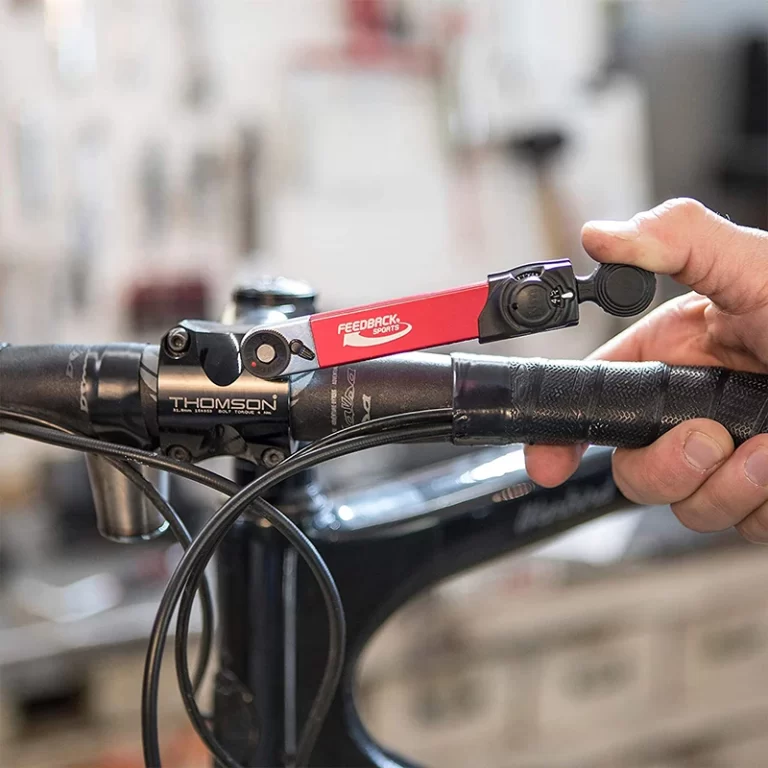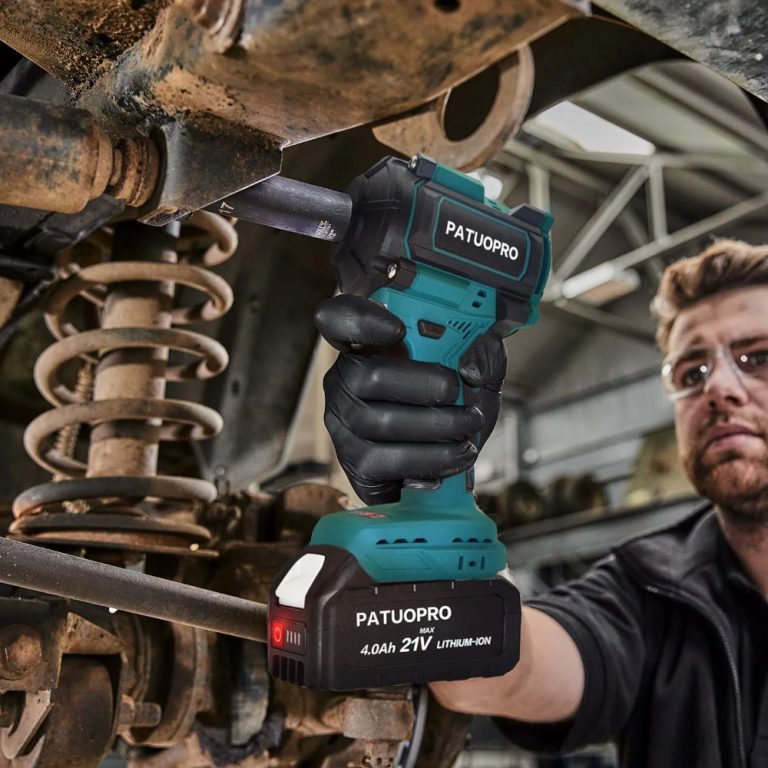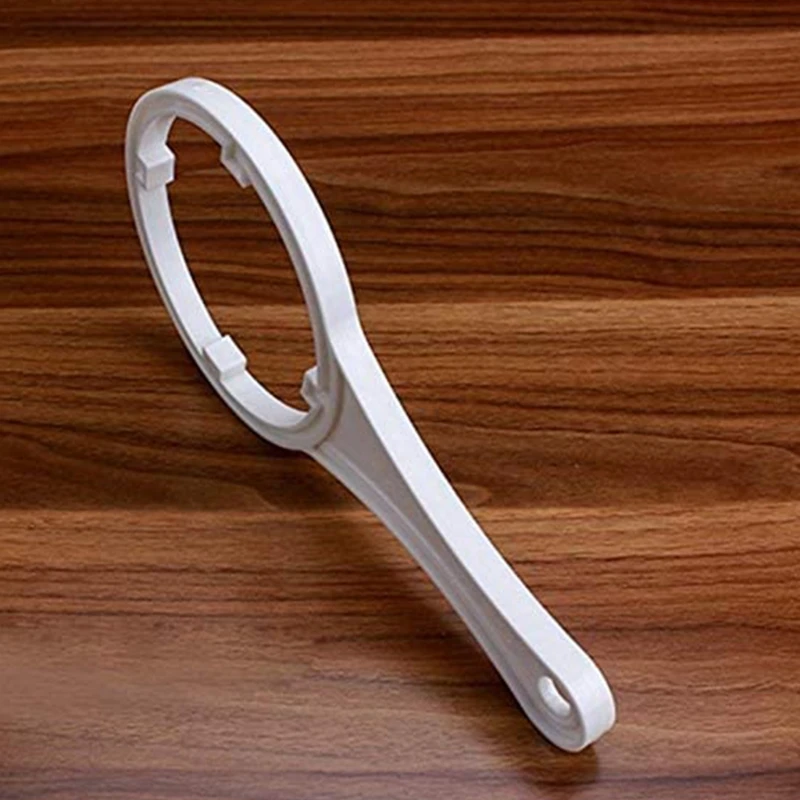
Effortless Filter Swaps: Discover the Best Water Filter Wrench
When it comes to maintaining your home’s water filtration system, one tool stands out for its practicality and necessity—the water filter wrench. This specialized tool makes filter changes faster, easier, and more efficient. Without it, removing a tightly secured filter can be frustrating, messy, and even damaging to the housing unit. In fact, many homeowners struggle with slippery hands, stripped casing, or leaks when attempting filter replacements by hand. Therefore, knowing how to use a water filter wrench is a crucial skill for anyone managing their own water system.
Additionally, water filter wrenches come in various designs to fit different filter sizes and brands. Whether you use a refrigerator filter, under-sink system, or whole-house unit, there’s a compatible wrench available. Moreover, these tools reduce the need for excessive force, preventing damage to surrounding pipes or fixtures. As awareness of water quality grows, so does the demand for reliable maintenance tools like the water filter wrench. This article explores types, benefits, usage tips, safety practices, and how to pick the best one for your needs.
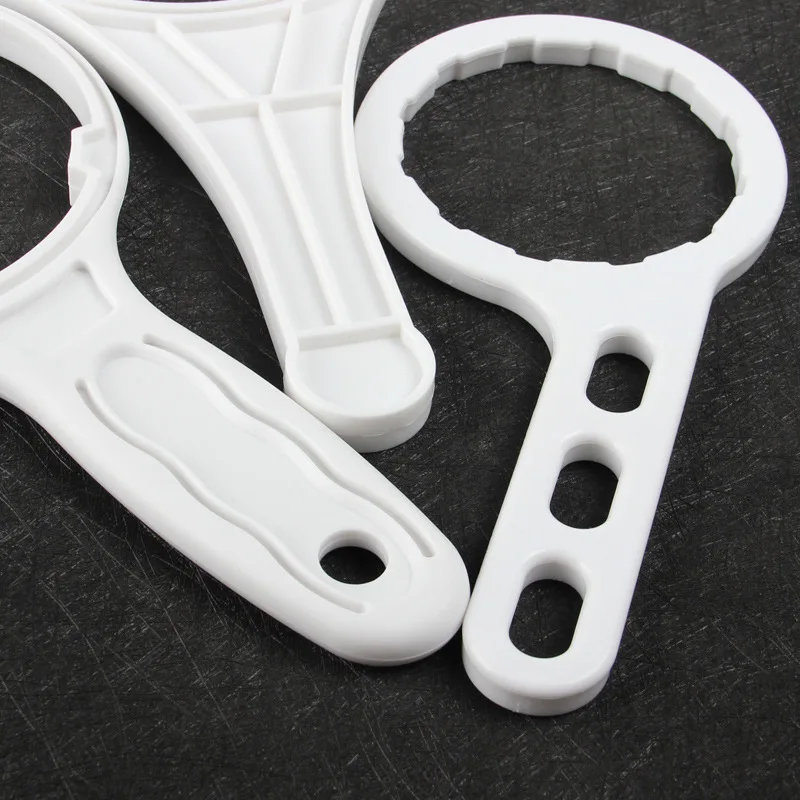 What is a Water Filter Wrench?
What is a Water Filter Wrench?
A water filter wrench is a specialized tool used for maintaining water filter systems. It is designed to fit over the filter housings and helps in loosening or tightening them with ease. This tool is essential for ensuring the proper functioning of water filters in household or industrial setups.
Definition and purpose of a water filter wrench
The water filter wrench is shaped like a circular or semi-circular handle. Its primary purpose is to provide a tight grip on water filter housings. It simplifies the task of opening or closing these housings, which can otherwise be challenging. By using a water filter wrench, you prevent damage to the filter housing threads and ensure a secure fit.
These wrenches are specifically made to handle filters that require regular maintenance. Their design ensures that the filters can be changed or cleaned easily without much effort. The tool promotes efficiency and convenience in water filter upkeep.
Types of water filter wrenches available
Water filter wrenches come in various types to suit different filter systems:
- Plastic Water Filter Wrenches: These are lightweight and affordable. They work best for light-duty filters.
- Metal Water Filter Wrenches: Made from durable metals like stainless steel, these wrenches are great for heavy-duty use.
- Adjustable Water Filter Wrenches: These wrenches offer flexibility. They can fit multiple filter sizes, making them versatile.
- Custom-Sized Wrenches: Tailored to specific filter models, these ensure a precise fit and reduce slippage.
Choosing the right type depends on factors such as filter size and durability needs. A water filter wrench is an indispensable tool for anyone serious about maintaining clean water in their home or business.
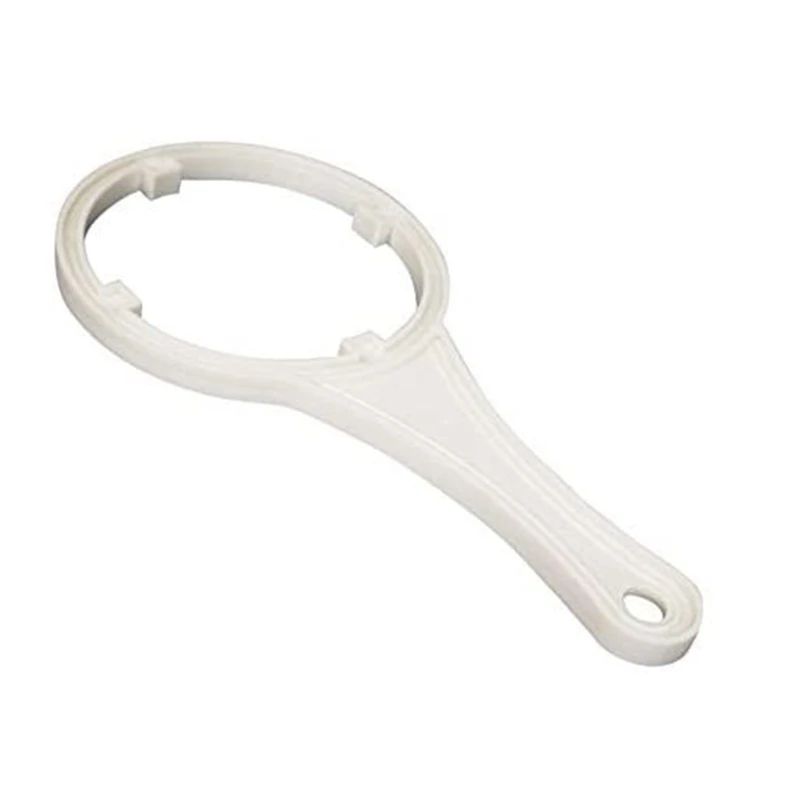 Importance of Using a Filter Wrench
Importance of Using a Filter Wrench
Using a water filter wrench is essential for maintaining water filter systems effectively. This tool simplifies filter maintenance and ensures the longevity of your system. Without it, handling filter housings can become challenging and may lead to potential damage.
Benefits of using the right tool for water filter maintenance
- Ease of Maintenance: A water filter wrench makes opening and closing filter housings effortless. It reduces the physical effort required to maintain water filters.
- Prevents Damage: Using the right tool avoids damage to the threads of filter housings. This ensures a secure seal and prevents leaks.
- Improves Efficiency: The wrench reduces time spent on filter maintenance. It keeps the process smooth and hassle-free.
- Ensures Proper Tightening: With the wrench, you can tighten housings adequately without overtightening. This maintains system integrity.
- Cost-Effective Solution: It helps increase the lifespan of your filters and housings. This reduces the need for frequent replacements.
Risks of incorrect usage or alternatives
- Using the Wrong Tool: Using pliers or other tools may damage the housing threads. This can cause leaks and costly repairs.
- Manual Force Issues: Applying excessive manual force may crack or deform the housing. This compromises the filter system’s effectiveness.
- Inconsistent Fit: Alternatives to a water filter wrench may not fit the housing snugly. This can lead to slippage or uneven tightening.
- Delayed Maintenance: Without a proper tool, filter maintenance can take longer. This may discourage regular maintenance altogether.
Investing in a water filter wrench ensures smooth operation, reduces risks, and prolongs your water filter system’s life.
How to Choose the Right Filter Wrench
Choosing the right water filter wrench is crucial for effective filter maintenance. The right wrench ensures compatibility, ease of use, and long-term reliability. Consider the following factors to make an informed decision.
Size and compatibility considerations
- Check the Filter Housing Size: Determine the diameter of your filter housing before purchasing a wrench.
- Match the Wrench to Your System: Ensure the wrench is specifically designed for your filter model.
- Opt for Adjustable Wrenches: If you have multiple filter systems, choose an adjustable wrench for versatility.
- Avoid Loose Fits: A poorly fitting wrench may slip and cause damage during use.
Material and durability factors
- Choose Sturdy Materials: Metal wrenches, such as stainless steel, are durable and ideal for heavy-duty tasks.
- Consider Plastic Wrenches: Lightweight and affordable, they work well for smaller and less demanding filters.
- Look for Corrosion Resistance: Durable materials resist rust and ensure the wrench lasts longer.
- Evaluate Build Quality: A well-made wrench prevents wear and tear during repeated use.
Selecting the right water filter wrench simplifies maintenance and protects your filter system from damage.
Step-by-Step Guide to Using a Filter Wrench
Using a water filter wrench correctly helps maintain the efficiency and safety of your water filter system. Follow the steps below for proper usage:
Preparing your water filter system
- Turn Off the Water Supply: Shut off the main water line to prevent leaks.
- Relieve Pressure: Open a nearby faucet to release pressure from the filter housing.
- Clean the Area: Ensure the filter housing is clean and free from debris for smooth operation.
- Choose the Correct Wrench: Select the right type and size of water filter wrench for your filter.
These preparation steps minimize damage and make maintenance faster and easier.
Proper techniques for loosening and tightening water filter housings
- Position the Wrench Correctly: Align the wrench with the grooves on the filter housing.
- Grip Firmly: Hold the wrench handle securely to avoid slipping during use.
- Turn to Loosen: Rotate the wrench counterclockwise to loosen the housing.
- Remove the Housing: Carefully lift the housing once it’s loosened without spilling water.
- Replace or Clean the Filter: Install a new filter or clean the existing one as needed.
- Tighten Properly: Position the housing back and rotate the wrench clockwise to tighten.
Avoid overtightening, as it may damage housing threads or cause leaks.
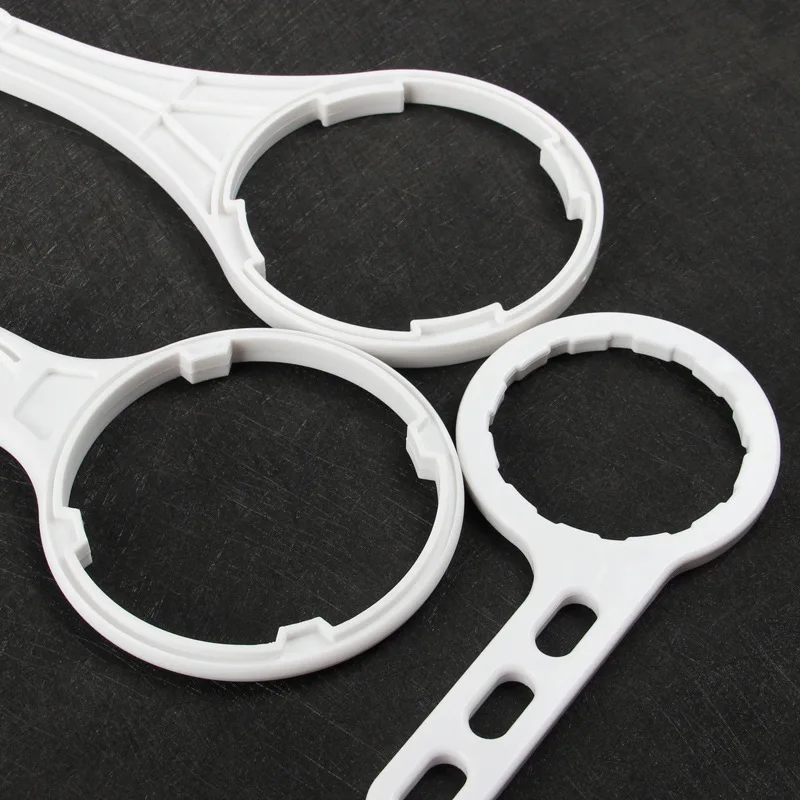 Common Issues When Using a Filter Wrench
Common Issues When Using a Filter Wrench
Using a water filter wrench offers convenience, but it can pose challenges. Addressing these common issues ensures smoother operation and prolongs the lifespan of your filter system.
Troubleshooting stuck or damaged filter housings
- Inspect for Dirt or Debris: Check the filter housing for dirt that may cause sticking.
- Apply Pressure Evenly: Hold the wrench firmly and apply steady force to prevent damage.
- Lubricate Threads: Use a safe lubricant on housing threads to ease movement.
- Try Hot Water: Pour hot water on the housing to expand the material slightly for easier loosening.
- Use a Properly Fitting Wrench: Avoid using a wrench that’s too loose or tight to prevent further issues.
- Consider a Replacement: If the housing is damaged beyond repair, replace it promptly to avoid leaks.
Avoiding overtightening and other mistakes
- Follow Manufacturer Guidelines: Refer to the filter system’s manual for tightening instructions.
- Use Moderate Force: Tighten until snug without applying excessive force.
- Inspect After Tightening: Check for leaks or improper fittings after completing the process.
- Avoid Improvisation: Do not use alternative tools such as pliers; they can damage the threads.
- Regular Maintenance: Periodically loosen and re-tighten housings to prevent issues caused by inactivity.
Addressing these issues ensures safe and effective maintenance using your water filter wrench.
Maintenance Tips for Your Filter Wrench
Keeping your water filter wrench in good condition ensures its effectiveness and extends its lifespan. Proper care and maintenance are essential to avoid premature wear and damage.
Cleaning and storage recommendations
- Clean After Each Use: Wash the wrench with warm water to remove dirt or debris.
- Dry Thoroughly: Ensure the wrench is completely dry to prevent rust or corrosion.
- Use a Mild Cleaner: Avoid harsh chemicals that may degrade plastic or metal components.
- Inspect for Damage: Check for cracks or wear before storing the wrench.
- Store in a Safe Area: Keep the wrench in a dry and cool place away from moisture.
- Avoid Extreme Conditions: Do not store the wrench in places with high heat or humidity.
Proper cleaning and storage ensure your wrench stays functional and lasts longer.
How to ensure longevity of your wrench
- Avoid Overexertion: Use the wrench only as designed and avoid excessive force.
- Lubricate Moving Parts: Apply a lubricant to metal wrenches to prevent wear and rust.
- Handle with Care: Do not drop the wrench, as impacts can cause damage.
- Regular Maintenance: Inspect screws and joints for looseness and tighten them as needed.
- Replace Worn-Out Parts: Use replacement parts for adjustable wrenches to maintain performance.
- Follow Manufacturer Instructions: Adhere to the care recommendations provided by the wrench manufacturer.
Taking these steps helps preserve your water filter wrench and ensures it operates efficiently for years.
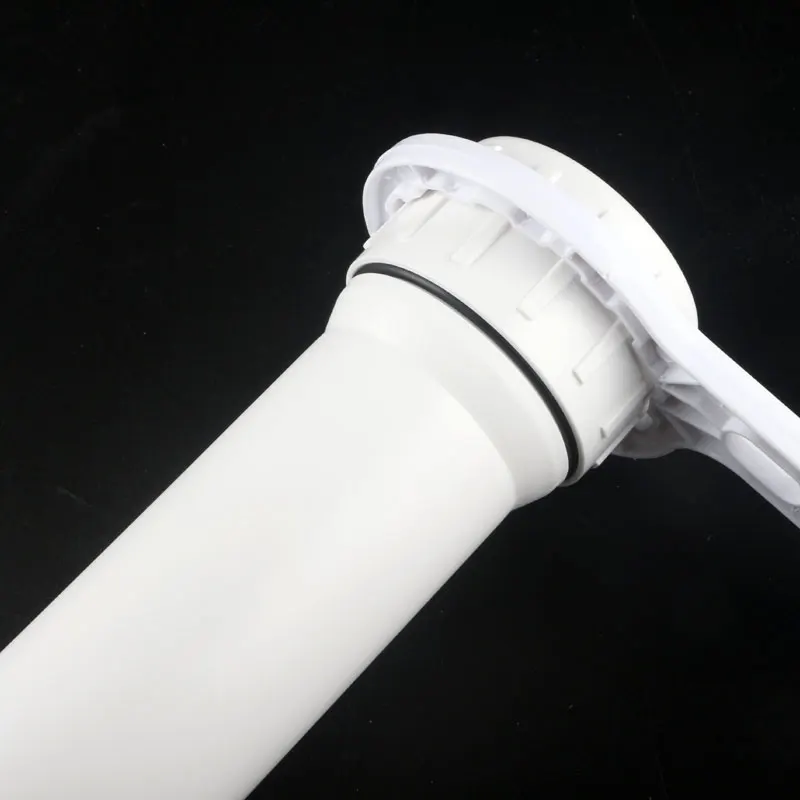 Frequently Asked Questions About Filter Wrenches
Frequently Asked Questions About Filter Wrenches
Can a water filter wrench be used universally?
Not all water filter wrenches are universal. Some are designed for specific filter housings. Universal wrenches, like adjustable ones, fit multiple sizes. To check compatibility, measure your filter housing diameter. Also, confirm your wrench matches your filter system model. Adjustable wrenches provide flexibility and are ideal for varied systems. However, poorly fitting wrenches may slip and damage threads. Always ensure a snug and secure fit while using your wrench.
What to do if your water filter wrench doesn’t fit?
If your wrench doesn’t fit, verify the filter housing dimensions. Measure the diameter for accuracy. Consider purchasing a custom-sized or adjustable wrench that fits properly. Avoid using alternative tools, such as pliers, which can damage housings. If you’re unable to find a suitable wrench, consult your filter manufacturer. They may offer specific recommendations or a compatible wrench. In case of emergencies, manual methods like hot water may help loosen the housing. Always ensure tools or methods don’t harm filter integrity.
Alternatives to Filter Wrenches
Using a water filter wrench simplifies maintenance, but alternatives are suitable in certain situations. These options can be beneficial when you lack access to the specific tool.
Manual methods for opening filter housings
- Rubber Gloves: Wear textured rubber gloves for a stronger grip on filter housings.
- Hot Water Application: Pour hot water over stuck housings to expand plastic for easier loosening.
- Wood Blocks: Place wood blocks on the housing edges and gently tap to loosen threads.
- Hand Techniques: Use both hands and apply steady pressure to turn the housing carefully.
- Lubrication: Apply food-grade lubricant on threads to ease the movement without damage.
While manual methods can work, they require patience and can pose risks of slippage.
Other tools that can substitute a water filter wrench
- Pliers: Use large adjustable pliers for stubborn housings but avoid damaging threads.
- Adjustable Wrenches: Use versatile adjustable wrenches for systems of different sizes.
- Pipe Wrenches: Apply moderate pressure with pipe wrenches to open heavy-duty filter housings.
- Strap Wrenches: Use strap wrenches made of strong materials for secure and damage-free operation.
- Vice Grips: Securely grip housings using vice grips for better control.
These alternative tools should be used carefully to avoid thread or housing damage. Whenever possible, invest in a proper water filter wrench for safer and easier maintenance.
 Final Thoughts on the Importance of a Filter Wrench
Final Thoughts on the Importance of a Filter Wrench
Owning a water filter wrench makes routine maintenance simpler, cleaner, and safer. It protects your system, saves time, and prevents common issues like leaks or broken filters. Whether you manage a single refrigerator filter or a full home system, this tool proves its value with every use.
Moreover, as more households invest in water quality, the need for proper maintenance tools grows. A water filter wrench is not a luxury—it’s a necessity. It empowers homeowners to take control of their health and home efficiency.
In conclusion, if you’ve ever struggled to remove a stuck filter, now is the time to invest in a quality water filter wrench. Because when clean water matters, the right tool makes all the difference.
